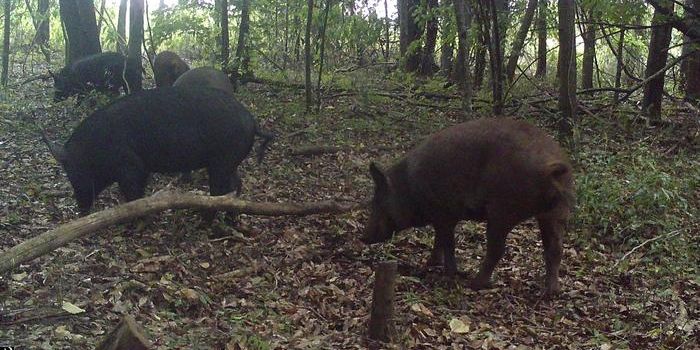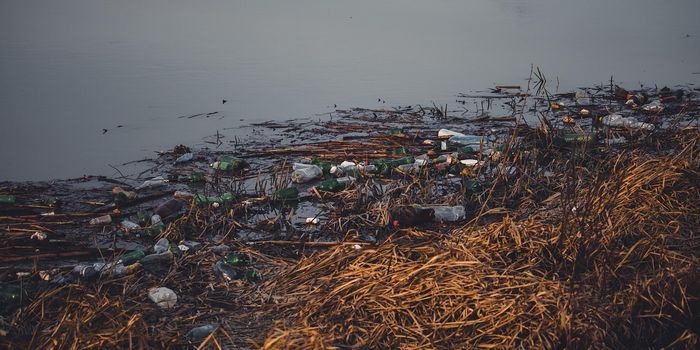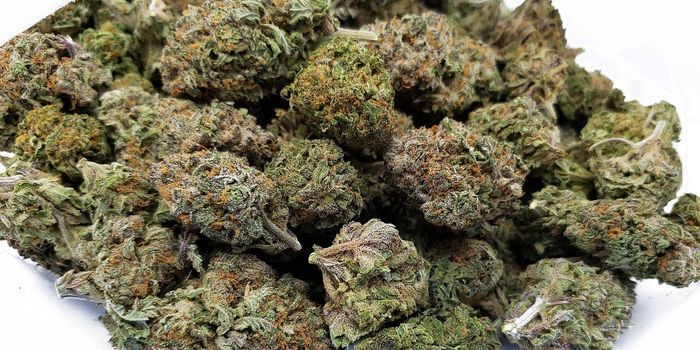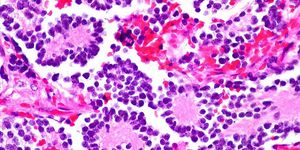LEDs Leading the Way in Space Farming Research
Have you ever gone by a house and seen a bright bluish or white glow and lots of leafy plants? Why would someone grow plants indoors? Well, there could be lots of reasons, but growing plants indoors, without natural sunlight has been something scientists have been looking at for a long time. Having the ability to grow food away from soil and weather issues is a vital area of research given the devastation that crops could suffer in a natural disaster, an insect invasion or a plant virus. Basically, if famine, plague and locusts actually show up, there needs to be a back up plan.

Aside from the issues of alternative food production on Earth, there is a need for this kind of technology in space as well. Scientists and space experts have been looking at how to grow food in the vast darkness of space for years. The International Space Station has conducted numerous experiments on different plants to see which grow well in the zero-gravity environment. Naturally, the plants need light. At first there were high temperature sodium lights that substituted for sunlight. These lamps were big power suckers, requiring enormous amounts of electricity and for long-term space missions that just wasn't feasible.
Light emitting diodes, or LEDs as they are known are a much more energy efficient way to provide light and produce photosynthesis in plants. They don't throw any heat, so they can be placed closer to the plants. They use much less energy and are physically smaller than traditional lights, so they take up less space, a crucial concern on the ISS or any craft, where every spare inch of space matters.
A new study out of Purdue University could fine tune what works best for certain plants though. As it turns out, the color of the LED light used in space farming matters. Not all light is the same in terms of producing high yields in plants.
Cary Mitchell, a professor from Purdue's Horticultural Sciences Department and Master's candidate Lucie Poulet conducted research that targeted the position of the lights in relation to leaf lettuce plants as well as the color combination. Their research showed that a 95 to 5 ratio of red and blue lights used 90% less energy than traditional white lighting. Also, the placement of the lights mattered. Since they can be as close as four centimeters to the plants, the team experimented with placing the lights in specific positions close to the plants. The results showed that placing the lights so that the plants received more of the light directly versus having multiple lights installed over the entire area of plants reduced energy consumption by 50%. Aiming the light directly at the plants at close range was found to increase plant yield as well.
In a statement issued by Purdue Mitchell said, "Everything on Earth is ultimately driven by sunlight and photosynthesis. The question is how we can replicate that in space. If you have to generate your own light with limited energy resources, targeted LED lighting is your best option. We're no longer stuck in the era of high-power lighting and large, hot, fragile lamps."
The study is published in the journal Life Science and Space Research.
Check out the video below to learn more
Sources: Purdue University, YouTube, NASA








